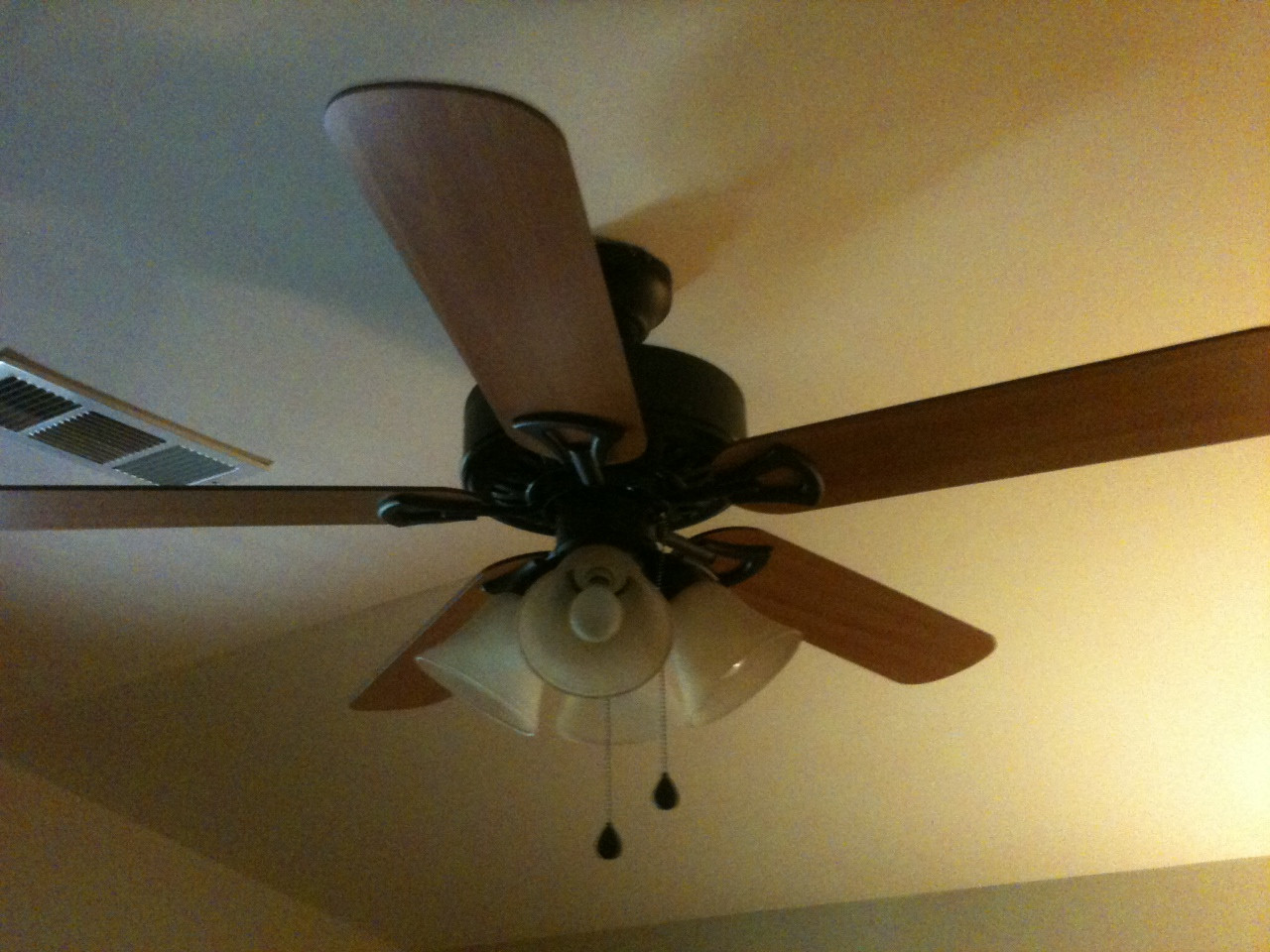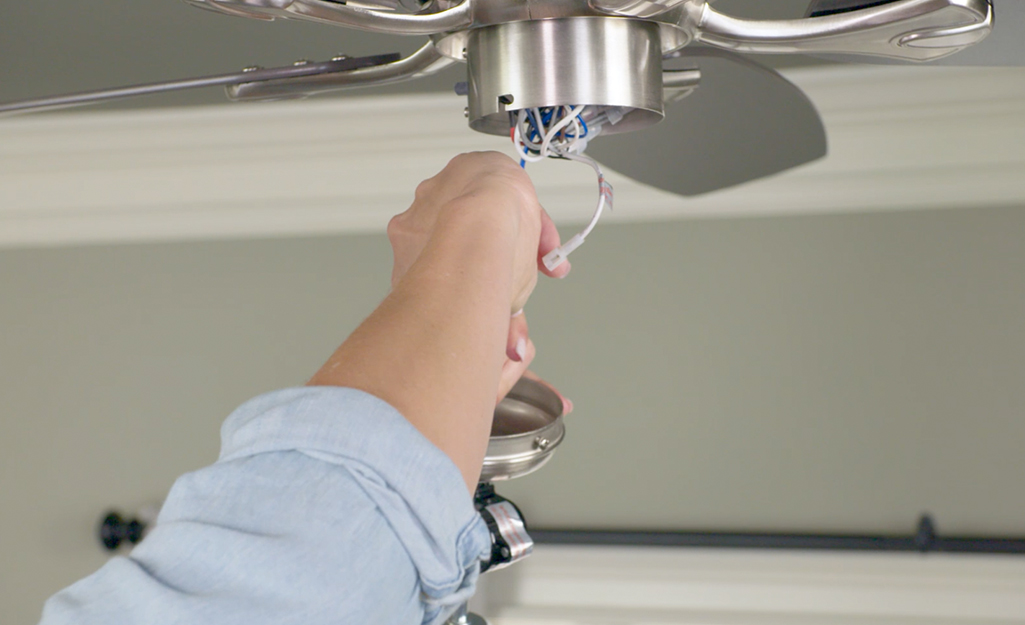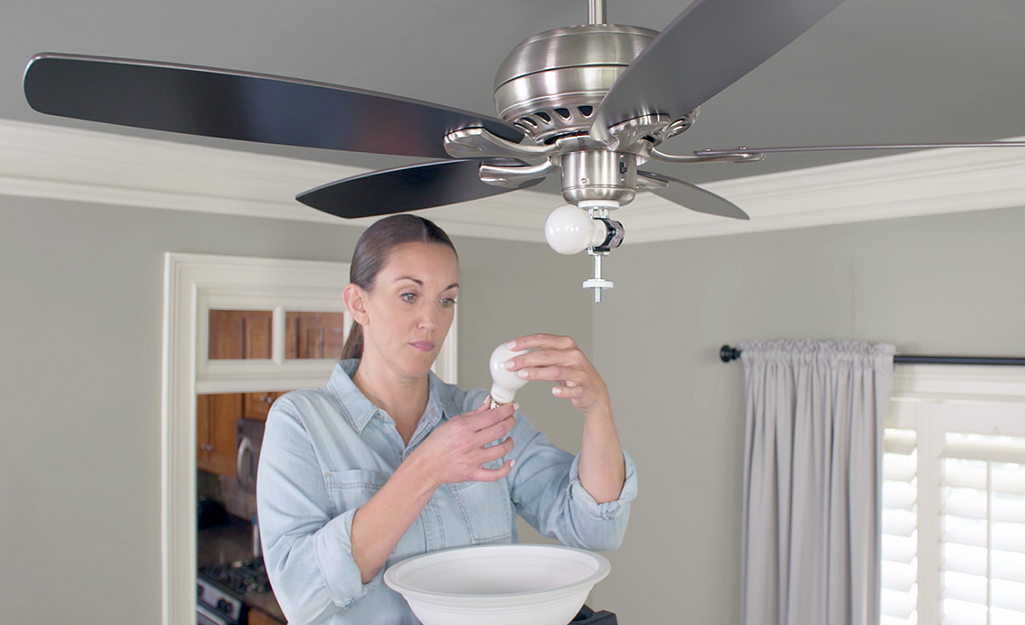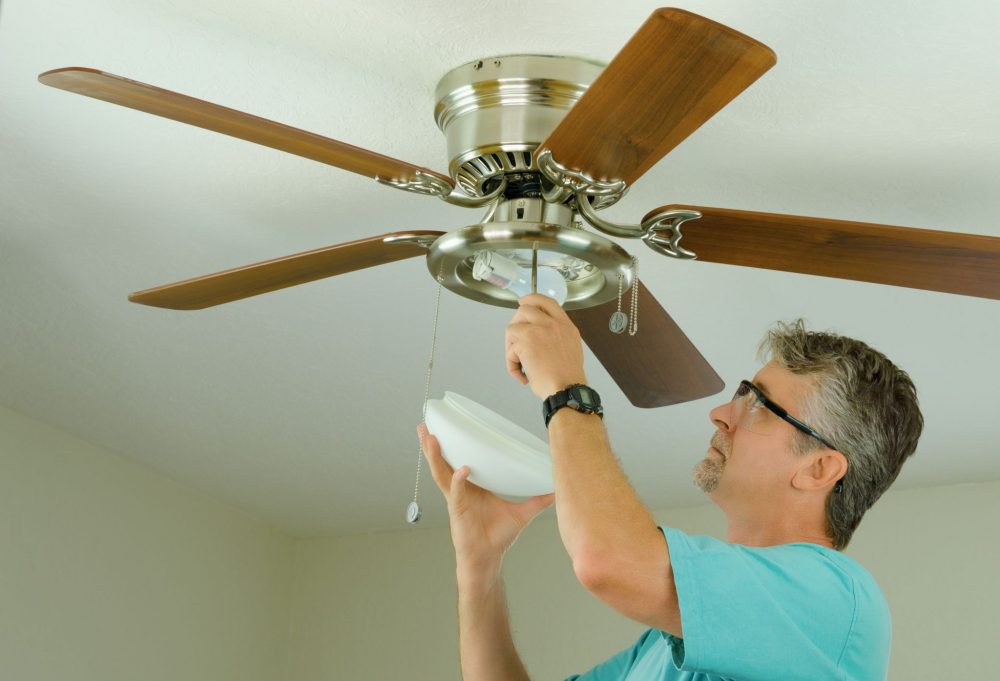Introduction: Shedding Light on Ceiling Fan Woes
Ceiling fans are a common fixture in many homes, providing both cooling breeze and illumination. However, encountering issues with the light component of your ceiling fan can be frustrating. Fear not, as this troubleshooting guide aims to illuminate the possible reasons why your ceiling fan light is not working and provide solutions to resolve the problem effectively.
Power Supply Problems: Checking the Basics
One of the most common reasons why a ceiling fan light may not be working is due to issues with the power supply. Begin troubleshooting by ensuring that the fan is receiving power. Start by checking the wall switch to confirm it is turned on. If the switch is on but the light is still not working, verify that the circuit breaker or fuse controlling the fan’s power supply has not tripped or blown. If necessary, reset the breaker or replace the fuse to restore power to the fan.

Loose Connections: Tightening the Wires
Another potential culprit for a malfunctioning ceiling fan light is loose electrical connections. Over time, vibrations from the fan’s operation can cause wires to become loose or disconnected. To address this issue, turn off the power to the fan at the circuit breaker and remove the fan’s canopy cover to access the wiring. Carefully inspect the connections between the wires from the fan and those from the ceiling. Tighten any loose wire nuts and ensure all connections are secure. Once tightened, replace the canopy cover and restore power to the fan to test if the light is now functioning properly.
Faulty Light Bulbs: Shedding Light on Bulb Issues
Sometimes, the simplest explanation for a ceiling fan light not working is a burnt-out light bulb. Begin by unscrewing the light bulb or bulbs from the fan and inspecting them for any signs of damage or discoloration. If a bulb appears blackened or broken, it is likely burnt out and needs to be replaced. Ensure that you are using bulbs with the correct wattage and type as specified by the fan’s manufacturer. Once new bulbs are installed, restore power to the fan and test if the light now illuminates.

Defective Light Kit: Assessing the Fixture
If replacing the light bulbs does not resolve the issue, the problem may lie with the light kit itself. Inspect the light kit for any visible signs of damage, such as frayed wires or burnt-out components. Additionally, check the connections between the light kit and the fan to ensure they are secure. If the light kit appears to be damaged or defective, it may need to be replaced. Contact the manufacturer or a licensed electrician for assistance in sourcing and installing a replacement light kit compatible with your ceiling fan model.
Remote Control Issues: Troubleshooting Wireless Controls
Many modern ceiling fans come equipped with remote controls for convenient operation. If your ceiling fan light is not working and controlled by a remote, there may be issues with the remote itself or its communication with the fan. Start by replacing the batteries in the remote to ensure they are fresh and properly installed. Next, check for any obstructions blocking the signal between the remote and the fan, such as furniture or walls. If the remote still does not control the light, consult the fan’s manual for instructions on reprogramming or syncing the remote with the fan.

Faulty Switch or Receiver: Seeking Professional Assistance
If none of the above troubleshooting steps resolve the issue, it’s possible that there is a more significant problem with the fan’s internal wiring or components. In this case, it may be best to seek assistance from a professional electrician or the fan’s manufacturer. A licensed electrician can perform a thorough inspection of the fan’s wiring and components to identify any underlying issues and recommend appropriate repairs or replacements. Attempting to repair complex electrical problems without the necessary expertise can be dangerous and may void any warranties on the fan.

Exploring Advanced Solutions: Beyond Basic Troubleshooting
While the previous sections covered common issues and solutions for a ceiling fan light not working, some situations may require more advanced troubleshooting techniques. Here are some additional steps to consider if you’ve exhausted the basic troubleshooting methods:
Inspect the Pull Chain Switch: If your ceiling fan light controller by a pull chain switch, it’s possible that the switch itself may be faulty. Remove the fan’s light kit cover to access the pull chain switch. Check for any signs of damage or wear on the switch. If the switch appears damaged or if you suspect it is the cause of the problem, it may need to be replaced. Consult the fan’s manual or contact the manufacturer for guidance on obtaining a replacement switch.
Check the Wiring Connections: In some cases, the issue may be with the wiring connections inside the fan’s motor housing. Turn off the power to the fan at the circuit breaker and carefully remove the fan’s motor housing cover to access the wiring. Inspect the connections between the wires from the fan motor and those leading to the light kit. Look for any loose or damaged wires and tighten or repair them as needed. Additionally, check for any signs of overheating or burnt wires, which may indicate a more serious electrical problem.
Test the Capacitor: Ceiling fans typically contain a capacitor, which helps control the fan’s speed and operation. If the capacitor becomes faulty, it can affect the functionality of both the fan and the light. Use a multimeter to test the capacitor for continuity and proper functioning. If the capacitor fails the test, it will need to be replaced. Capacitor replacement should perform by a qualified electrician to ensure safety and proper installation.

Conclusion: Shedding Light on Ceiling Fan Light Woes
Encountering issues with a ceiling fan light can be frustrating, but with the help of this troubleshooting guide, you can identify the potential causes and solutions to resolve the problem effectively. Whether it’s addressing power supply issues, tightening loose connections, replacing faulty light bulbs, or troubleshooting remote control problems, there are steps you can take to get your ceiling fan light shining brightly once again. If all else fails, don’t hesitate to seek assistance from a professional electrician to ensure the safety and functionality of your ceiling fan. With persistence and patience, you’ll be able to shed light on any ceiling fan woes that come your way.